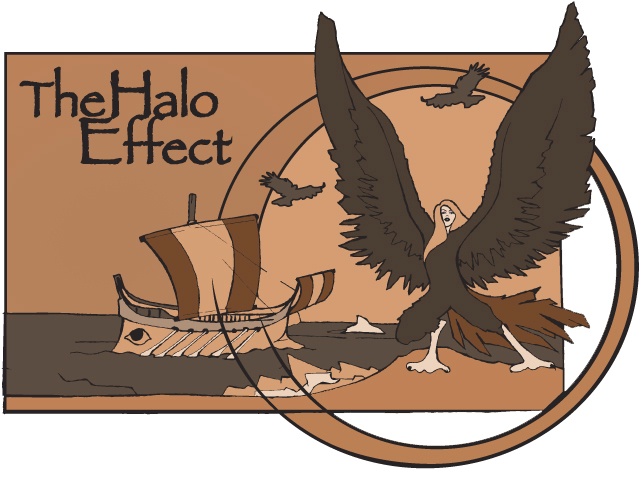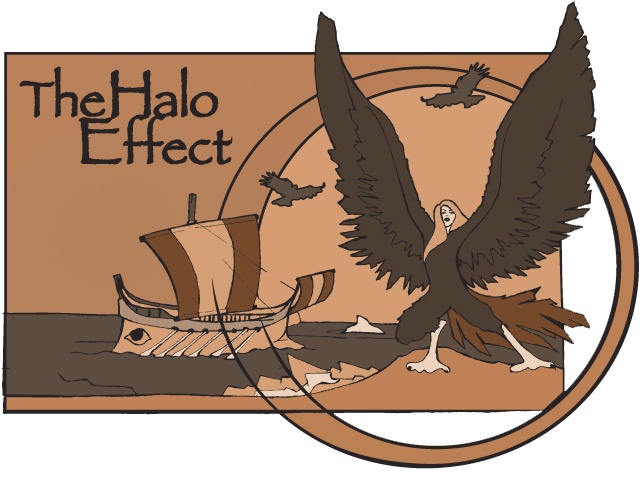
In Greek mythology, the Sirens were dangerous creatures who were part woman and part bird. They preyed on sailors by singing an almost hypnotic song, luring the boatmen toward the rocky coastline where they met a perilous fate. These mariners allowed their perception of the seductive music to influence their perception of the Sirens themselves.
In psychology, when the perception of one trait about something influences the perception of other traits or characteristics, this is called the “halo effect.” This might manifest itself in the form of irrational decision making based on positive (or negative) first impressions, warm memories from childhood (“When I was a kid, I used to love roller coasters, at age 38, I believe I’m going to throw up!”) or even recommendations from a trusted source. Generally speaking, this is not a positive thing.
In marketing however, the halo effect can be a very good thing. The halo effect is used to explain how positive consumer perceptions about a brand, product, ad or campaign can influence their perception of that brand or product and ultimately (hopefully) drive purchase behavior. One example is the iPod, which was a runaway success in its own right, but also catapulted Apple computer sales, stock and everything else. Another is using beloved celebrity endorsers to promote products with questionable connections to said products. (John Madden being my favorite, I doubt he plays a lot of PlayStation, but I don’t doubt he actually uses this product).
The halo effect is commonly used at MarketStar as a critical analytical technique to evaluate in-store marketing programs where a manufacturer brand advocate conducts product training to help store associates understand how to position and sell their brand. From 20+ years of tracking and reporting on this type of in-store marketing, MarketStar has noticed several interesting trends:
- Stores visited by a manufacturer brand advocate experience higher sales for that brand after the visit than statistically comparable stores that do not receive a visit.
- The halo effect from the visit generally remains for about four to six weeks and then slowly trails off until about three months post visit.
- If stores do not receive a return visit within three months, there can actually be a reverse halo effect, where sales dip below their baseline levels.
- Visiting a store more frequently than once a month does not seem to make any significant impact on sales. Weekly visits have other benefits, but rarely move the sales needle significantly more than monthly visits.
Sales associates are keenly aware of the visits and trainings that take place in their stores and feel this type of marketing helps them position and sell a specific brand. When it comes to creating a halo effect for your brand at the point of sale, we recommend scheduling in-store visits about every four weeks.
We’d love to hear about your field marketing experiences or how the halo effect has impacted your business.






